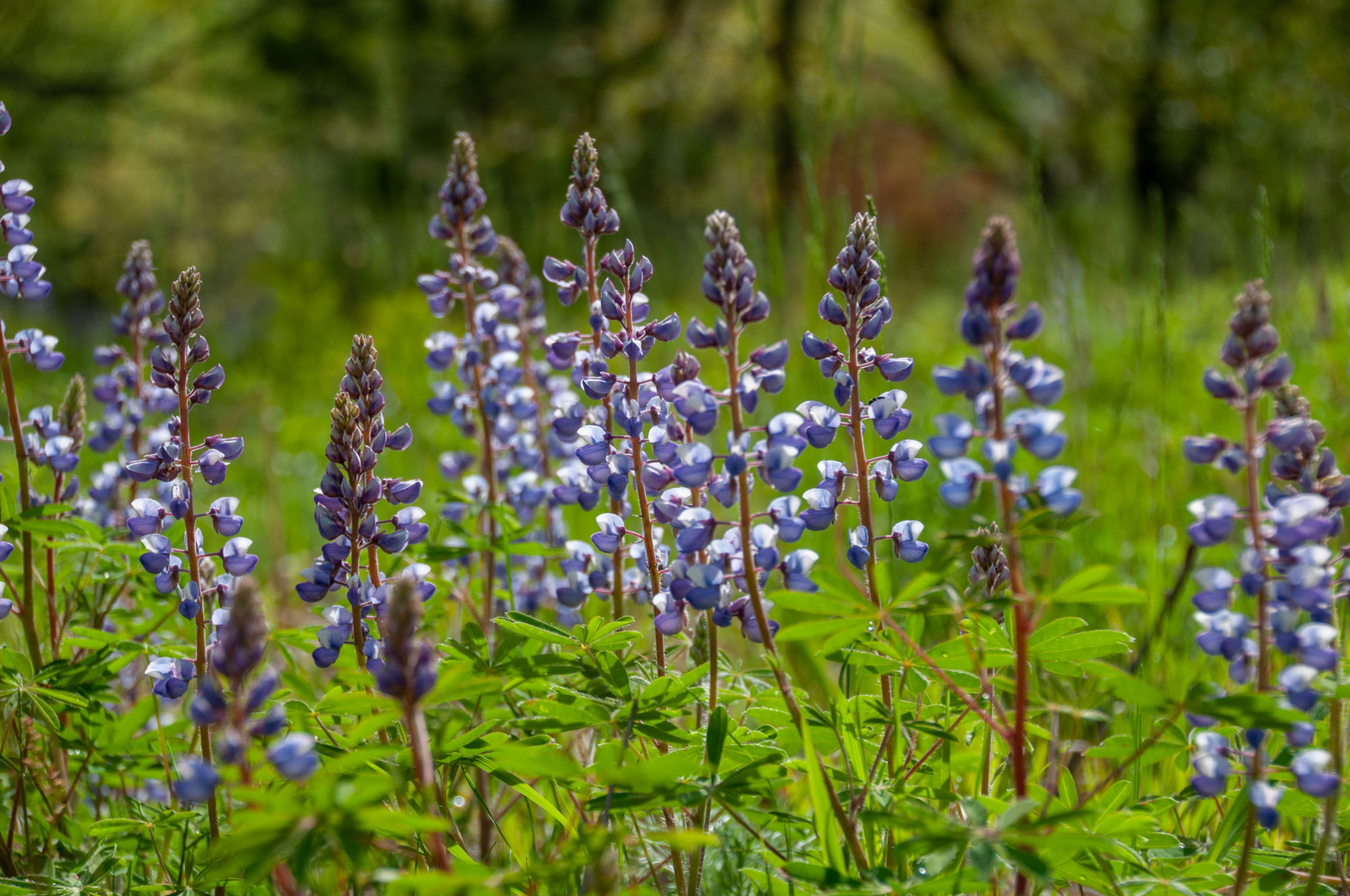
Winter’s Work: Preserve Stewardship Update
By Lucas Dykstra, Stewardship Specialist
After the winter chill sets in, and the dormant plants’ myriad hues of brown are covered by a crisp white blanket, fieldwork still beckons for the staff of the Land Conservancy of West Michigan. Although the bulk of our work requires plants to be green and actively growing, there is still plenty to do after the leaves fall. So, what have we been up to all winter?
For Forest’s Sake
We removed a lot of trees! While it may seem counterintuitive, intentional tree removal can be helpful for native ecosystems. To understand, it’s helpful to look back at some Michigan history. In the 1930s, as the Great Plains states were struggling with the dust bowl, West Michigan had its own environmental reckoning. Extensive logging for timber and agriculture had left few acres uncut. All that disturbance and removal of vegetation left the sandy soils at the mercy of the wind, and the wind had no mercy. To stabilize the blowing sand, landowners and government agencies planted hundreds of millions of trees in the 1940s and 50s. The plantings were successful thanks to the employment of fast-growing species like scotch pine. Problem solved, right?
Not exactly. Now, decades later, neat rows of pines give the forest a refined, clean look. However, they are stingy in their support of native plants and wildlife. Scotch pine, and many of the other species planted, were natives of Europe. Meanwhile, the species cut down were largely oak, hickory, maple, white pine, and other trees that are magnets for native wildlife. The problem of soil stabilization was solved, but plantings were perhaps shortsighted in their conservation scope. We love trees, and plant thousands of them each year. However, through the eyes of our native flora and fauna, not all trees are created equal. For this reason, we remove these non-native and man-made monocultures in order to better support flora, fauna, and forests on our preserves.
If you take a spring stroll through Bradford Dickinson White or Kuker-Van Til nature preserves, you’re likely to see a thin line etched around the trunk of some of those dust bowl–era trees. Over time this will eventually starve the tree, but all is not lost! In the natural world nothing goes to waste. As these trees slowly die insects will bore, birds will feed, small mammals will nest, and these standing dead trees will finally offer valuable habitat as the young oaks, maples, and hickories reclaim their territory.
Shrub Shearing
Minnie Skwarek Nature Preserve’s quiet stream and bordering wetlands are stuffed full of skunk cabbage in the spring. In summer, lizard’s-tail sends up long white flowering plumes to line the boardwalks. Wood ducks splash in the slow-moving water as the drumming of a nearby woodpecker echoes off the trees. Areas like this are often equally as charming to visitors as they are goldmines of biodiversity, and winter offers the best opportunity to ensure both of those values persist.
Without freezing temperatures turning soggy wetlands into solid ice, invasive species work in wetlands would be, well, invasive. Slogging through sensitive wetlands in warm temperatures can damage high quality natural areas and injure rare plants. Winter is the ideal time to walk over the frozen wetlands and protect habitat quality by cutting away invasive woody species that would otherwise proliferate. Invasive shrubs like buckthorn, honeysuckle, and autumn olive can have wide ranging effects if left unchecked. They can form dense thickets, shading out existing plants and disrupting ecosystems, not to mention inhibiting beautiful views and encroaching on trails.
The unfortunate reality, though, is that in order to properly deal with invaders we must use herbicides. Even here, winter offers its benefits. In the cold dormant months, cut stump treatment is very effective. Using this method, a shrub is cut at the base and herbicides are applied directly to the newly exposed stump. This offers the benefits of using low volumes of herbicide that are directed only to the target plant, keeping our preserve’s plants, animals, water, and soil from needless harm. Woody plant removal is pivotal in promoting healthy natural areas at places like Maas Family Nature Preserve, Minnie Skwarek, Bradford Dickinson White, and Lamberton Lake Fen, all of which benefitted from invasive shrub removal this winter.
A Final Thanks
Our work couldn’t be done without the help of volunteers. This winter, Preserve Stewards Annette Byers (Minnie Skwarek) and Karen Olson (Bradford Dickinson White) braved the cold and knee-high snow to assist LCWM staff. With the help of Annette, Karen, and countless others, West Michigan’s natural areas can continue to be places of beauty and biodiversity.







Barbara Rohwer
Thank you! I truly enjoy reading about the work of this organization. Carry on.
Dotti Clune
Thanks for the update, Lucas. And many thanks to the Conservancy for not only acquiring but also skillfully preserving these valuable natural areas.